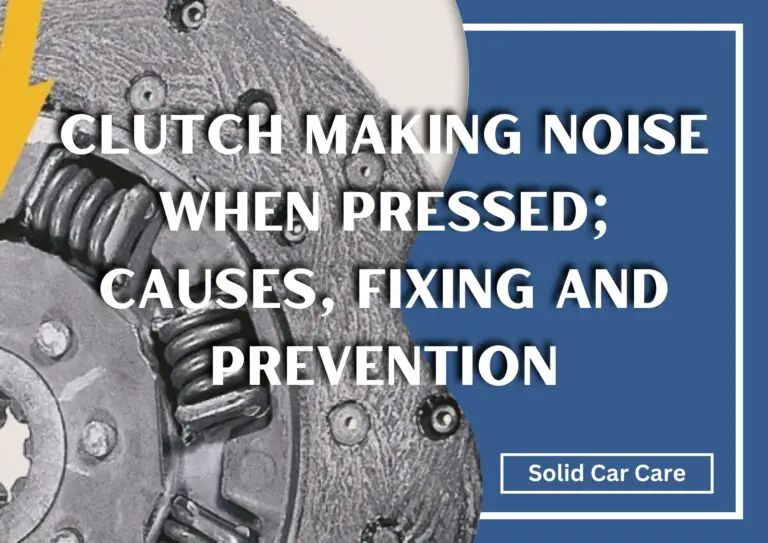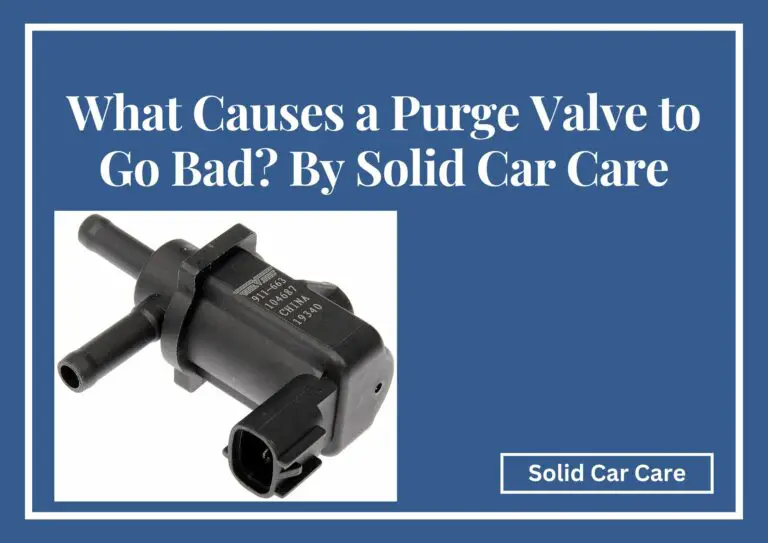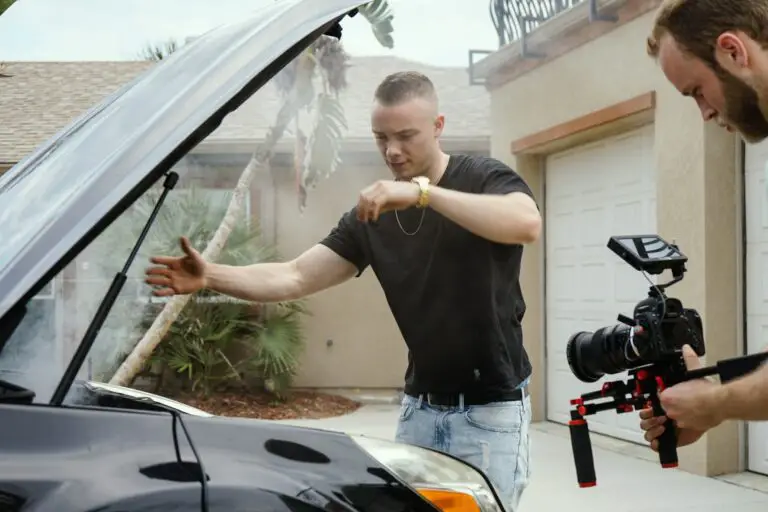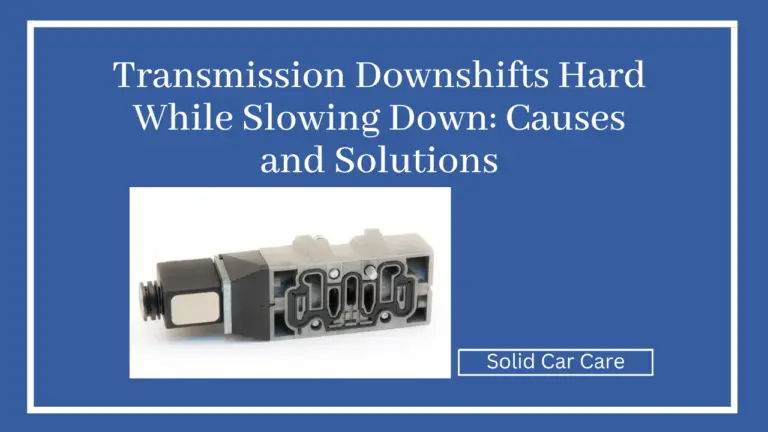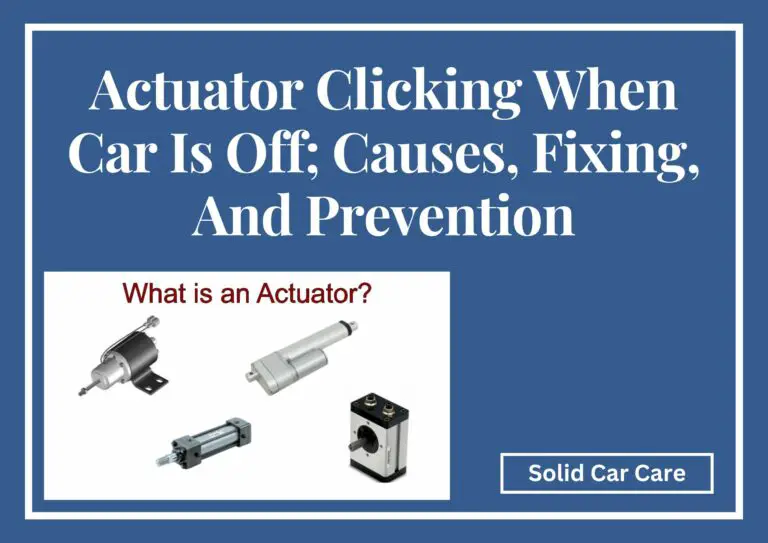Transmission Problems After Engine Swap: Causes, Symptoms, and Solutions

Transmission problems after an engine swap can occur due to compatibility issues, improper installation, or incorrect adjustments. Symptoms may include delayed shifting, slipping gears, hard shifting, and fluid leaks. Proper planning, professional installation, and regular maintenance can help prevent and address these issues.
Engine swaps can be an exhilarating endeavor for automotive enthusiasts, allowing them to unlock increased power and performance from their vehicles. However, amidst the excitement of installing a new engine, it’s essential to be aware of potential transmission problems that may arise.
In this article, we will explore the common transmission issues that can occur after an engine swap and discuss their causes. Additionally, we’ll provide valuable insights into recognizing the symptoms and offer preventive measures and troubleshooting tips to ensure a smooth transition between engines.
Table of Contents
How does the Engine Swap process is done?

Before diving into the intricacies of transmission problems post-engine swap, let’s take a moment to understand the engine swap process itself.
Engine swaps involve replacing the original engine of a vehicle with a different one, often with more power or from a different model. This modification can significantly impact various vehicle components, including the transmission.
How does the engine swap impact the Transmission?
As a vital component in the powertrain system, the transmission works in conjunction with the engine to transfer power to the wheels.
When an engine swap takes place, the new engine’s characteristics, such as torque output, RPM range, and power delivery, differ from the original engine. These changes can impose additional stress on the transmission, potentially leading to problems down the line.
What are the transmission problems after an Engine Swap?
Identifying transmission issues after an engine swap is crucial for maintaining your vehicle’s overall performance and reliability. Here are some common symptoms to be aware of:
Delayed Shifting
One of the primary indicators of transmission problems is a delay in shifting gears. It may suggest an underlying issue if you notice a significant lag between shifting and the actual gear engagement. This delay can manifest as a pause or hesitation during acceleration or deceleration.
Slipping Gears
Transmission gears should smoothly engage and transfer power to the wheels. However, experience a slipping sensation while driving, accompanied by a sudden increase in engine RPM without a proportional increase in vehicle speed. It may be a sign of a slipping transmission.
Hard Shifting
An abrupt and forceful gear shift, accompanied by a noticeable jolt or harsh engagement, is commonly referred to as hard shifting. This symptom can indicate problems within the transmission, such as worn or damaged clutch plates, improper adjustment, or hydraulic issues.
Fluid Leaks
Transmission fluid plays a critical role in lubricating and cooling the transmission components. If you observe reddish or brownish fluid leaks underneath your vehicle, it’s crucial to address them promptly.
Fluid leaks can lead to inadequate lubrication, increased operating temperatures, and ultimately, transmission failure.
What causes transmission problems after Engine Swap?
Understanding the causes behind transmission problems after an engine swap can help you prevent or mitigate potential issues. Here are some common culprits:
Incompatible Engine and Transmission
Incompatibility between the new engine and the existing transmission is a frequent cause of transmission problems after an engine swap.
Differences in torque output, power delivery characteristics, and RPM range can strain the transmission beyond its design limits, leading to premature wear and failure.
Improper Installation
The installation process plays a pivotal role in ensuring the longevity and performance of your transmission. If the engine swap is not executed with precision and attention to detail, it can result in misalignment, improper mounting, or inadequate connection between the engine and the transmission.
These installation errors can place excessive stress on the transmission components, causing various problems.
Incorrect Adjustments or Modifications
Adjustments or modifications may sometimes be necessary during an engine swap. However, improper tuning, adjustments, or modifications to the transmission can disrupt its optimal operation.
Insufficient fluid levels, incorrect shift linkage adjustments, or improper torque converter installation are potential pitfalls contributing to transmission problems.
Swapping TBI To Carb; Everything You Need To Know
solidcarcare.com
How to Prevent and Troubleshoot transmission problems after engine swap?
To minimize the likelihood of encountering transmission problems after an engine swap, consider the following preventive measures and troubleshooting tips:
Proper Planning and Research
Thorough planning and research are crucial before embarking on an engine swap project.
Ensure compatibility between the new engine and the existing transmission, considering factors such as torque requirements, power delivery, and RPM range. Consult professional resources, seek expert advice, and gather all the necessary information to make an informed decision.
Professional Installation and Tuning
When it comes to complex projects like engine swaps, it’s often best to enlist the help of professionals who specialize in such modifications. Professional installers possess the expertise, experience, and specialized tools to perform the engine swap correctly.
Additionally, professional tuning can optimize the engine and transmission interaction, maximizing performance and reducing the risk of transmission issues.
Regular Maintenance and Inspections
Implementing a regular maintenance schedule and performing periodic inspections can significantly contribute to the health of your transmission.
Regularly check the transmission fluid levels and quality, inspect for leaks, and promptly address any signs of wear or damage. Following the manufacturer’s recommended maintenance guidelines will help prolong the lifespan of your transmission.
Can you use the same transmission on an engine swap?
Using the same transmission on an engine swap is possible, but it depends on several factors. The compatibility between the new engine and the existing transmission plays a crucial role.
If the new engine has torque output, power delivery, and RPM range characteristics similar to the original engine, the existing transmission can handle the power and function properly.
However, if the new engine has significantly different specifications, it may require modifications, adjustments, or even a different transmission altogether to ensure optimal performance and reliability. It is essential to carefully assess compatibility and consult with experts to determine the feasibility of using the same transmission.

What else should I replace when doing an engine swap?
When undertaking an engine swap, it’s important to consider replacing or addressing several components to ensure a smooth and successful transition. Here are some key elements to consider:
- Engine Mounts
Engine mounts are designed to secure the engine in place and absorb vibrations. Depending on the new engine’s size, weight, and mounting points, replacing or modifying the engine mounts may be necessary to ensure proper fitment and alignment.
- Wiring Harness and ECU
Different engines often require specific wiring harnesses and engine control units (ECUs) to ensure proper communication and functionality. In some cases, the existing wiring harness and ECU may need modification or replacement to accommodate the new engine’s electrical requirements.
- Exhaust System
Engine swaps may necessitate modifications to the exhaust system to match the new engine’s exhaust manifold or headers. Ensuring proper exhaust flow and compatibility is crucial for optimal performance and minimizing backpressure.
- Cooling System
The cooling system should be evaluated to ensure it can handle the increased heat generated by the new engine. Upgrading the radiator, fans, and coolant hoses may be necessary to maintain proper engine temperature and prevent overheating.
- Fuel System
Depending on the fuel requirements of the new engine, modifications to the fuel system may be needed. This can include upgrading fuel injectors, fuel lines, fuel pump, and ensuring compatibility with the new engine’s fuel delivery system.
- Drivetrain Components
The drivetrain components, such as the clutch, flywheel, driveshaft, and differential, may need to be evaluated for compatibility with the new engine’s power output. Upgrading or replacing these components may be necessary to handle the increased torque and horsepower.
- Upgraded Brakes and Suspension
Engine swaps that significantly increase power may require upgrades to the braking system and suspension components to ensure adequate stopping power and handling capabilities.
- Fluids and Filters
It’s always recommended to replace engine oil, coolant, and other fluids during an engine swap. Replacing the oil, air, and fuel filters is essential for optimal engine performance and longevity.
- Ancillary Components
Consider replacing or upgrading ancillary components such as alternators, starters, power steering pumps, and air conditioning compressors to match the new engine’s requirements and ensure proper functionality.
It’s crucial to conduct thorough research, consult with experts, and carefully evaluate the compatibility and condition of various components to determine the necessary replacements or modifications during an engine swap.
Is it better to rebuild or swap the engine?
Deciding whether to rebuild or swap an engine depends on several factors, including the extent of damage or wear, cost considerations, availability of replacement parts, and personal preferences. Here are some key points to consider:
Rebuilding an Engine
- Cost-Effectiveness
Rebuilding an engine can be a more cost-effective option if the damage or wear is limited to specific components. By replacing worn-out or damaged parts, such as piston rings, bearings, or gaskets, you can restore the engine’s performance without incurring the expense of a complete engine replacement.
- Originality and Historical Value
If you have a classic or vintage vehicle with an engine that holds historical or sentimental value, rebuilding the engine allows you to preserve its originality. This approach can be particularly important for collectors or enthusiasts who value authenticity.
- Availability of Parts
If replacement parts for your specific engine are readily available, rebuilding can be a viable option. It allows you to address specific issues while retaining the original engine block and other components, ensuring compatibility and maintaining the vehicle’s original specifications.
- Skill and Expertise
Rebuilding an engine requires mechanical knowledge, skill, and experience. Suppose you possess the necessary expertise or are willing to invest time in learning. In that case, rebuilding can be a rewarding project that allows you to have complete control over the engine’s rebuild process.
Swapping an Engine
- Extensive Damage or Wear
A complete engine swap might be a more practical solution if the existing engine is damaged or worn throughout. Swapping provides a fresh start with a newer or more powerful engine, eliminating potential issues associated with an aged or damaged engine.
- Performance Upgrades
Engine swaps offer an opportunity to enhance performance by installing a more powerful or technologically advanced engine. This can increase horsepower, torque, and overall performance, substantially upgrading the original engine.
- Time Efficiency
Swapping an engine can be quicker than an extensive engine rebuild, especially if you have access to a compatible replacement engine. This can reduce vehicle downtime and get you back on the road faster.
- Specialized Conversions
Engine swaps can facilitate specialized conversions, such as converting a vehicle from gasoline to electric power or incorporating alternative fuel systems. These conversions may require substantial modifications and are typically better suited to engine swaps rather than rebuilds.
Ultimately, the decision between rebuilding or swapping an engine depends on your specific circumstances, budget, goals, and the condition of the existing engine. Evaluating these factors and consulting with experts can help you determine the best course of action for your particular situation.
4L60E Transmission Swap Guide; Must Read
solidcarcare.com
Conclusion
While engine swaps offer exciting opportunities for automotive enthusiasts, it’s crucial to be aware of potential transmission problems that may arise during or after the swap. By understanding the symptoms, causes, and preventive measures discussed in this article, you’ll be better equipped to ensure a smooth transition and enjoy your vehicle’s increased power and performance. Careful planning, professional installation, and regular maintenance are key ingredients to a successful engine swap experience.

